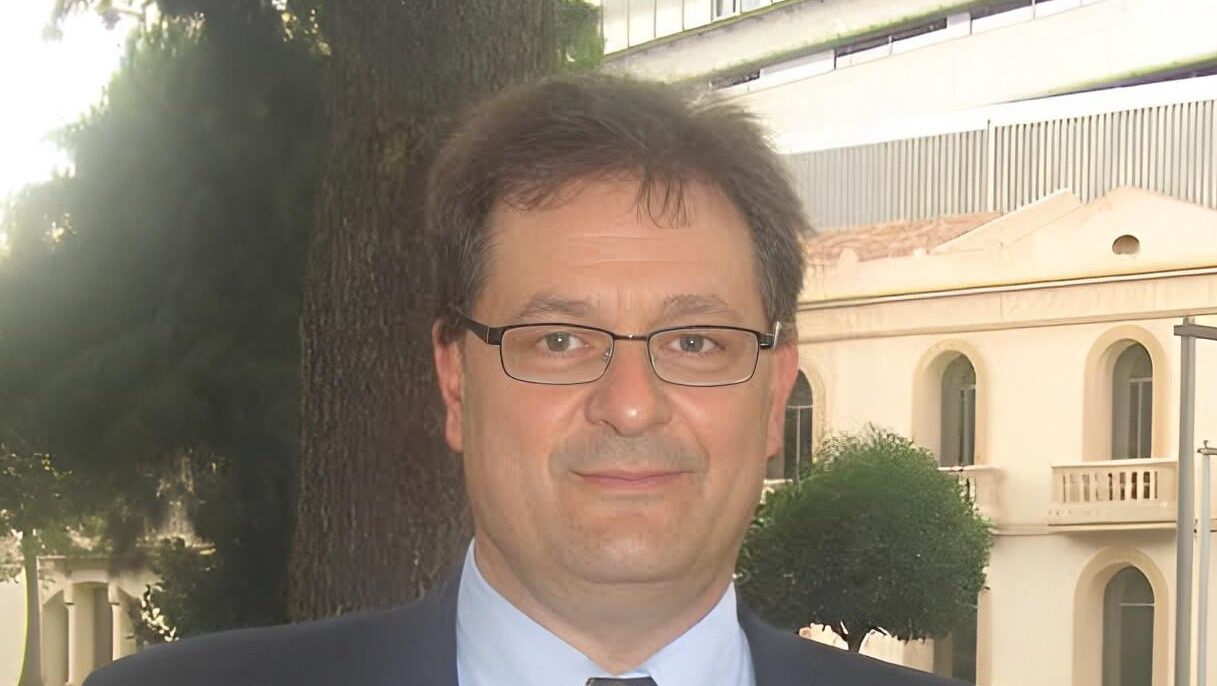Miguel Bronchud, Co-Founder of Regenerative Medicine Solutions, shared an article by Neil E Kay, et al. on LinkedIn:
“New AI tools for medical onc and onco hematology teaching? Only a beginning ?
New interactive CME- how to Sequence Therapies in a Patient With Relapsed CLL.
A new suggestion in E-cancer (Projects in Knowledge, powered by Kaplan)…
ecancer: UK Charity.
© Copyright 2024 Kaplan North America, LLC.
Recently approved therapies for relapsed/refractory CLL offer new options for patients with toxicity or progression on BTK inhibitors or venetoclax.
In this simulation, you’ll sequence therapies to manage a CLL patient with disease progression.
Of course, this CME model in CLL can be challenging or cautiously criticized because of the scarcity (or absence) of prospective randomized head to head comparisons between different new drugs or sequences. But it is an interesting example of such new teaching tools.
Chronic lymphocytic leukemia (CLL) is one of the most frequent types of leukemia. It typically occurs in elderly patients and has a highly variable clinical course.
Leukemic transformation is initiated by specific genomic alterations that interfere with the regulation of proliferation and of apoptosis in clonal B-cells. As a medical student I was told “CLL happens because our bloodstream becomes too full of WBC-buses”, and therefore these buses stop and accumulate in their bus stops or lymph nodes and spleen (the largest “bus station” in our body)…
The diagnosis is established by blood counts (high or very high persistent and increasing white blood cells counts (WBC) of the lymphocytes variety), blood smears, and immunophenotyping of circulating B-lymphocytes, which identify a clonal B-cell population carrying the CD5 antigen as well as typical B-cell markers. Unlike most lymphomas, in CLL what predominates is the high WBC (in peripheral blood counts, often with an enlarged spleen and a few palpable lymph nodes), rather than massive lymph nodes and B-symptoms (especially fever of unknown causes).
The most difficult (for doctors but particularly for patients) is probably deciding when to start specific treatments as the CLL diseases can be indolent, slow and chronic. Only patients with active or symptomatic disease or with advanced “Binet or Rai stages” (based mainly on clinical and laboratory data) require therapy.
When treatment is indicated, several therapeutic options exist: a combination of the B-cell lymphoma 2 (BCL2) inhibitor venetoclax with obinutuzumab, monotherapy with inhibitors of Bruton tyrosine kinase (BTK) such as ibrutinib and acalabrutinib, or chemoimmunotherapy.
At relapse, the initial treatment may be repeated, if the treatment-free interval exceeds 3 years. If the disease relapses earlier, therapy should be changed using an alternative regimen.
Patients with a del(17p) or TP53 mutation are usually resistant to chemotherapy.”
CLL update 2022: A continuing evolution in care.
Authors: Neil E Kay, et al.

